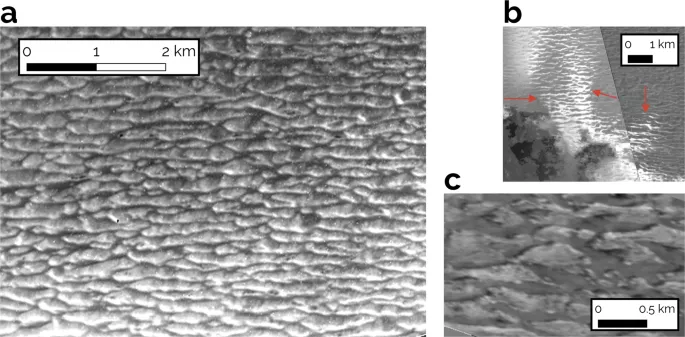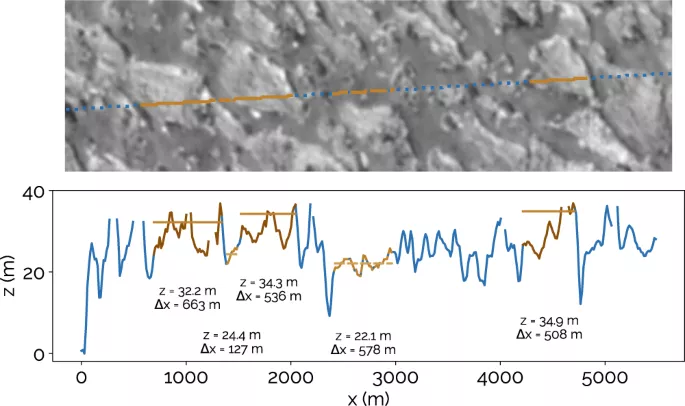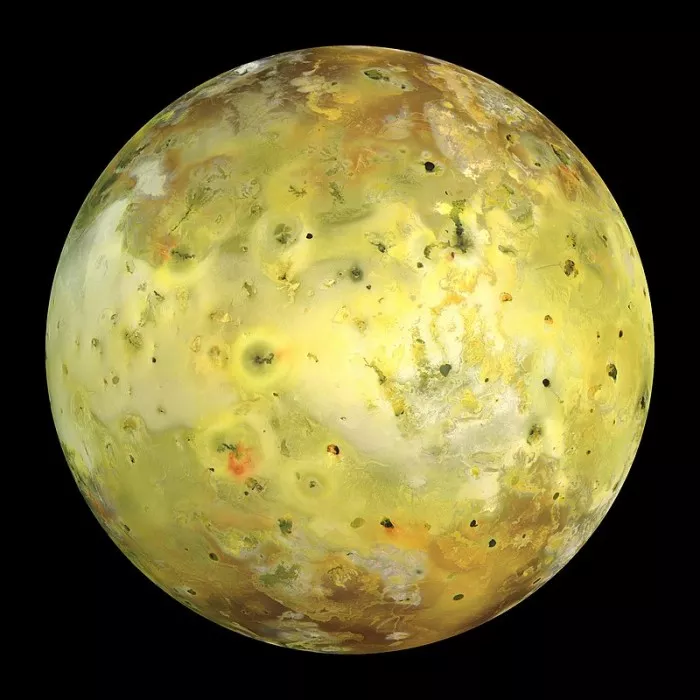According to slashgear, Jupiter, about 484 million miles from earth, is the largest planet in the solar system and "rules" its outer orbit. It is so huge that some people say it itself is like a solar system. A new study by a team of Canadian astronomers at the University of British Columbia suggests that Jupiter may have more than 600 satellites, many as small as 800 meters in diameter. NASA said in a more conservative view, Jupiter has 53 named satellites and 26 unnamed satellites; They add up to 79 satellites**
Some of these satellites are very famous, such as Europa Europa, which has a global ocean under its ice shell. Many scientists believe that it is the best place to find life in the solar system. Ganymede, Ganymede, is the largest satellite in the entire solar system. The crater of Calisto, Ganymede, witnessed the early formation of the solar system. In the crowded and irregular orbit of Jupiter, another satellite stands out because it is the most volcanic object in the solar system: io.
Io's volcanic activity was caused by a tug of war between Jupiter and the moon, which has lasted for centuries. Gravity is so extreme that Io's solid surface rises and falls like a liquid, forming a solid "tide". But a new study says more may happen in this "violent" satellite.

The towering dunes and irregular ridges on Io may have been formed by winds and lava flowing under the ice crust of sulfur dioxide. Published in [Nature communication] on April 19, 2022( https://www.nature.com/articles/s41467-022-29682-x ) 》A study on revealed a strange process that had previously been excluded. Science News reported that geological features similar to sand dunes have been found on io for more than 20 years. However, these features were abandoned as dunes because Io's atmosphere is too thin to have wind, and only wind can form a dune landscape.
The researchers investigated possible wind transport systems on Io. The team was inspired by volcanic activity on earth, where when lava meets water, burst steam appears. Although IO has no water, it is rich in sulfur oxide frost. On earth, sulfur dioxide is found as a gas, but on Io, due to the extreme conditions of the moon, it covers the surface and condenses into frost or ice crystals.

In the paper, the researchers pointed out that the shallow "underground interaction between lava and Io's extensive sulfur dioxide frost can produce" enough gas to transport sediments, shape the landscape and create sand dunes. The moon is now added to the "list of more and more objects", which have a weak atmosphere but can produce wind. "In a sense, these [other worlds] look more familiar," said George McDonald, the lead author of the paper. "But the more you think about it, the more unusual they feel."

